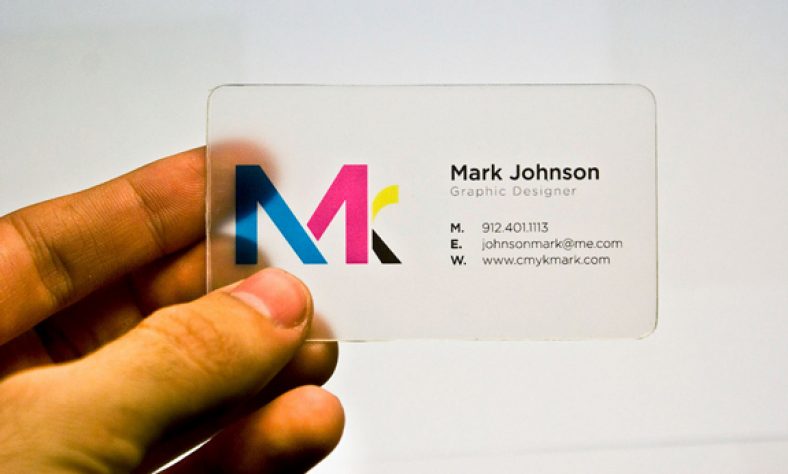Across the UK right now, more brands and businesses than ever before are making the switch to plastic business cards after generations of using the card-based alternative. Once a relatively rare commodity and certainly a commodity that was priced out of the reach of most, plastic business cards have skyrocketed in popularity as of late and continue to catch the eye of new businesses every day.
Of course, when these kinds of shifts occur it’s always wise to look at them objectively – following fads and fashion movements that don’t stick around for long never makes good business sense. However, in the case of plastic business cards things are quite different as the list of benefits they bring is so long and attractive that it’s rare to hear of any converted businesses going back to the paper way of life.

So, if the time has come to place an order for a new set of business cards for your brand, your business or yourself, here’s an overview of just a few of the benefits you can expect:
1 – Incredible Looks
First of all, there’s simply no denying how superior a plastic card looks to a standard paper business card. Created from high-quality plastic and printed using state-of-the-art hardware, the result is a business card that’s quite simply an astounding marketing tool in its own right. There is of course more to a great business card than simply being eye-catching, but when it comes to standing out from the crowd for all the right reasons, this is one guaranteed way of going about it.
With limitless colours and styles to choose from, you can create a card that’s a simply flawless representation of your business.
2 – Durability
Over time, even the highest quality business cards begin to look a little tired and worn, having picked up a few stains, tears and general knocks along the way. It’s not the end of the world if this occurs after the cards have been handed over, but if you managed to damage your own cards prior to giving them out, chances are you’re not going to be in any hurry for anyone else to see them. By contrast, plastic business cards are uniquely durable and can withstand the kind of use and abuse that would have any normal business card in tatters.
3 – Brand Image
What’s also important to bear in mind is the way in which the business card you give will in many respects offer a quick and important insight into the way you operate as a business. Elegant paper cards are all well and good, but if you’d like to be seen as a forward-thinking innovator with the utmost care for what you do and who you do it for, there’s really nothing better than a glorious plastic business card. It’s one of the many ways by which you can make sure you stand out for all the right reasons and make a good impression that lasts.
After all, a good business card often says more than a thousand words ever could.
4 – Affordability
As touched upon earlier, the price difference between plastic card printing and quality paper cards is so insignificant these days that there’s no need to make a decision by way of budget restrictions alone. It’s always more beneficial to run off a limited number of high-quality business cards to be handed out selectively than to print off thousands and randomly throw them out to anyone willing to take one.
There’s always the chance you may save a few pennies here and there by cutting corners with business card quality, but when it’s the very reputation of your business that’s on the line, can you really afford to take these kinds of risks?
5 – Hidden Talents
Last but not least, it’s also worth remembering that these days there’s also the option of hiding a few little functionalities in your plastic business cards which can take their value in the eyes of the recipient to a whole new level. Some businesses have begun implanting their cards with chips which use near field communication technology to transmit information to a neighbouring device like a smartphone. So while you may wish to keep the information written on your card to a minimum, you could use an NFC chip to take things much further.
This will of course increase overall costs and the complexity of the design and manufacturing processes, but is nonetheless worth considering.

